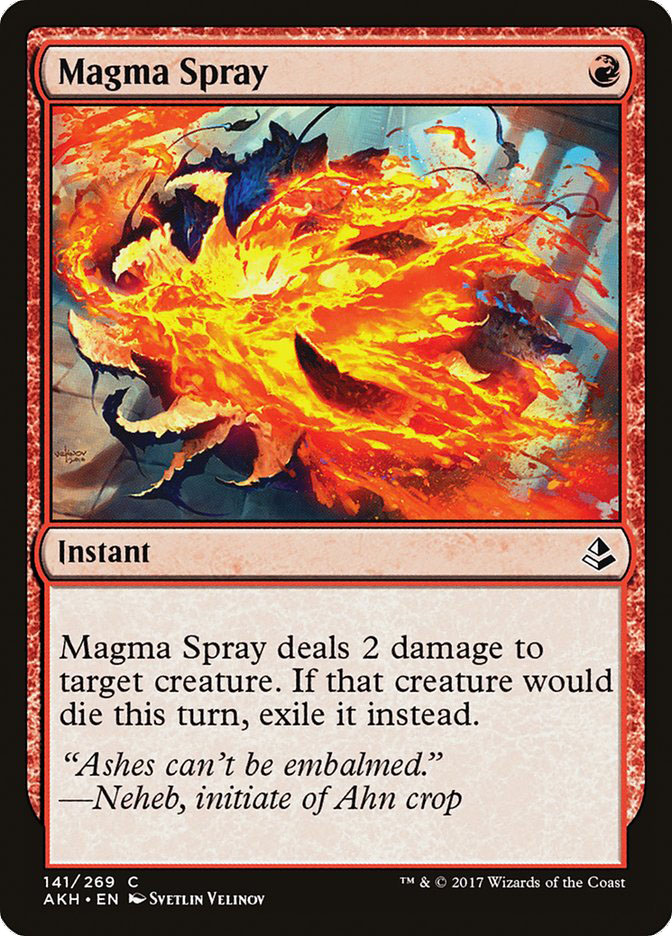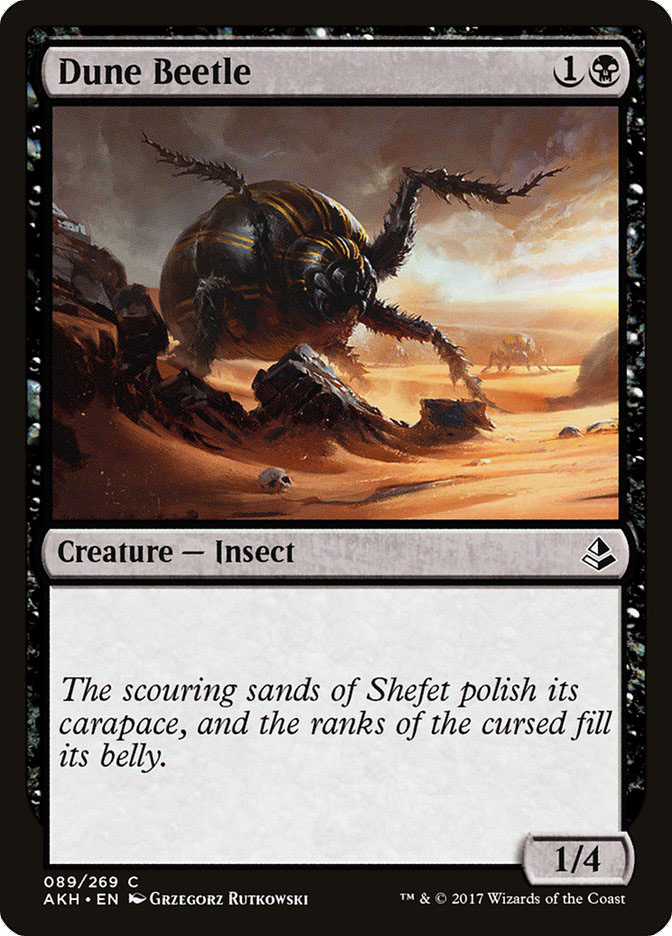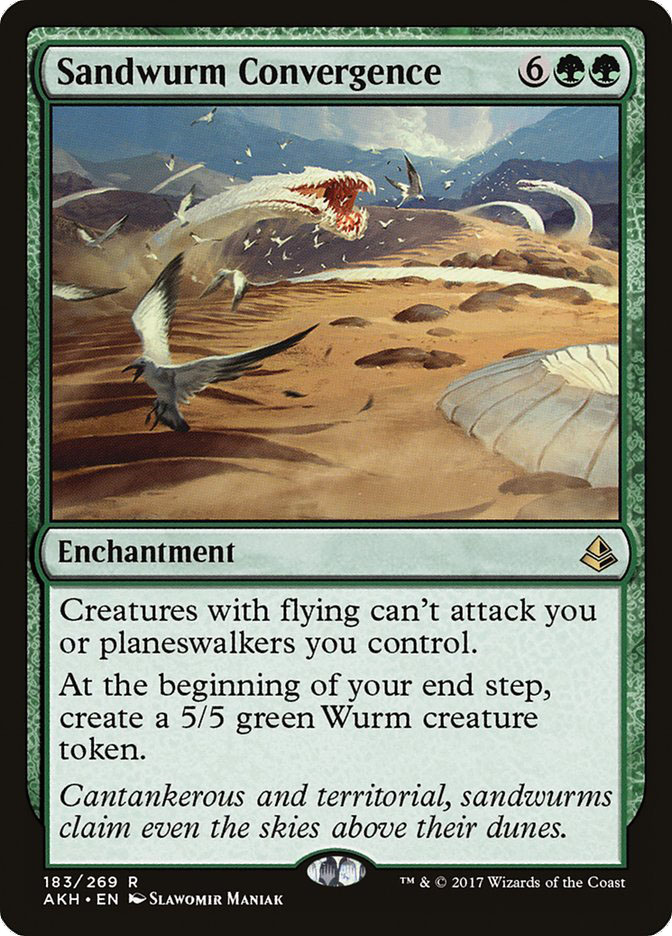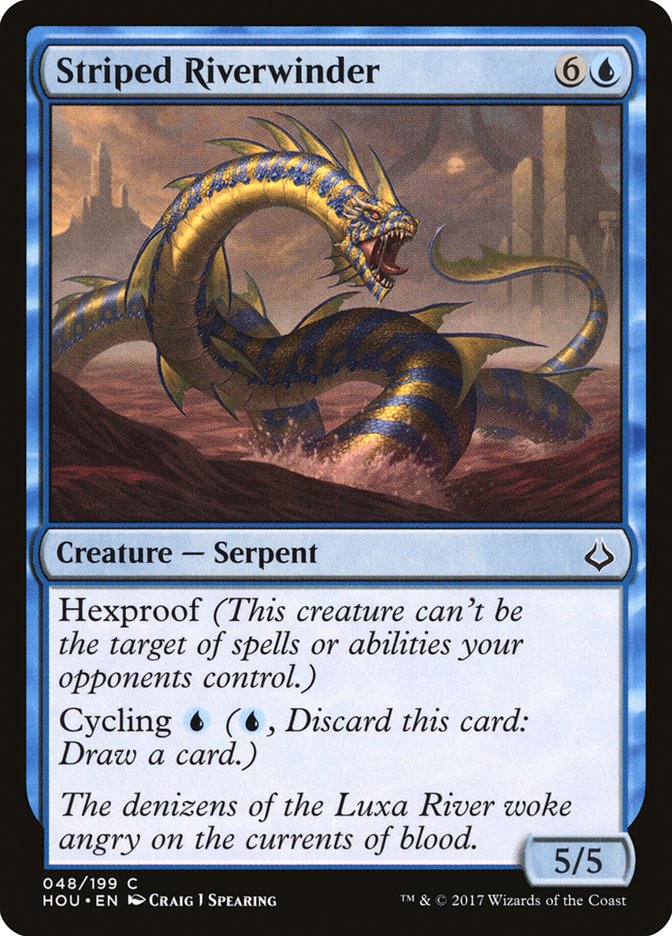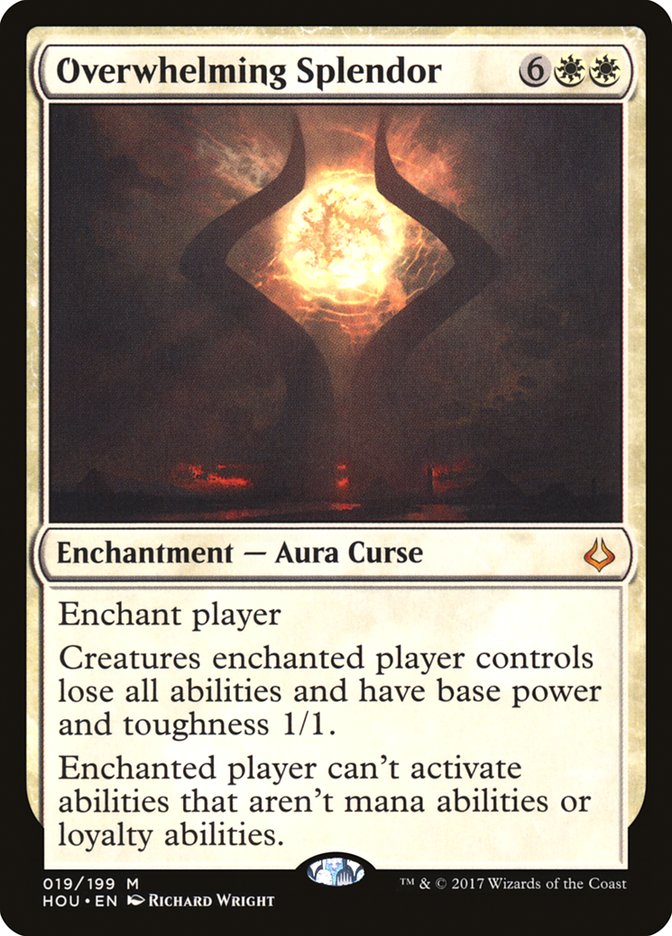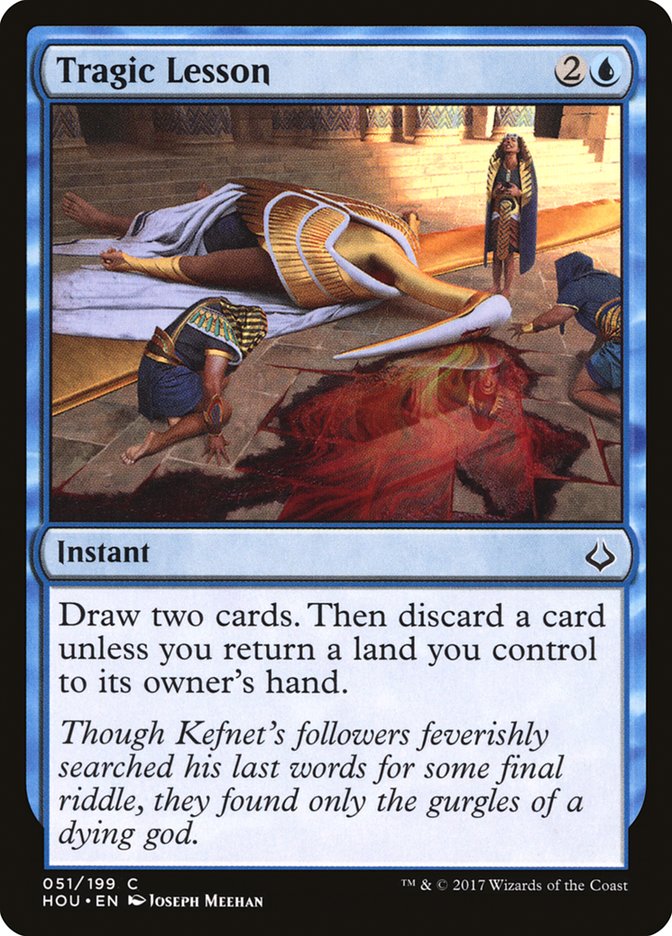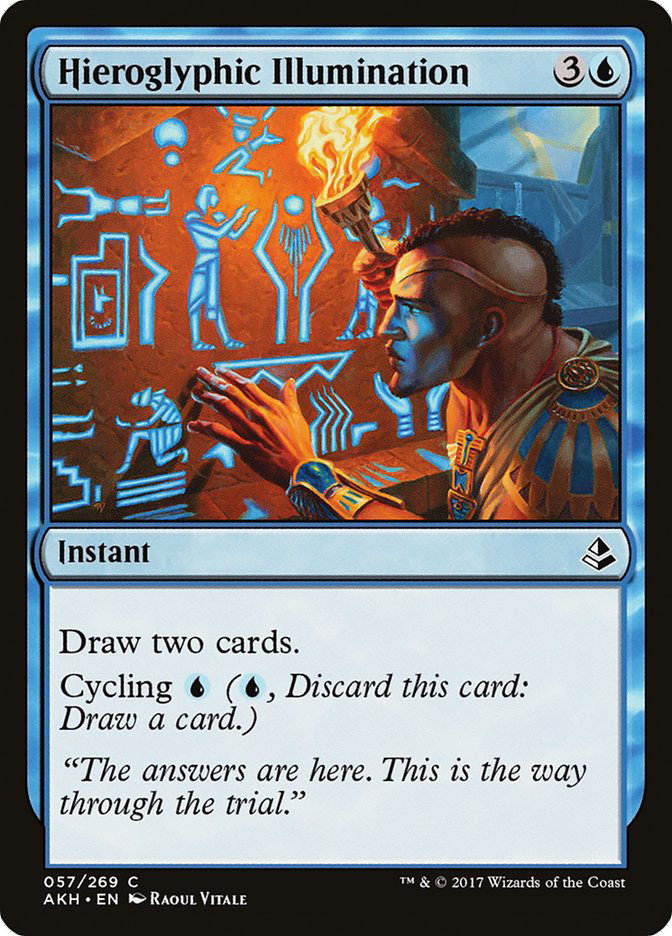Most Limited decks fall into one of three categories: aggro, midrange, and control. Out of the three, control often takes the most finesse in order to sculpt a good version. In current Limited sets, creatures are more efficient than the removal, so your average control deck will have a hard time dealing with threat after threat.
This doesn’t mean that you can’t create an amazing control deck, but you can’t just put a pile of cards together that would be good for controlling the game. This is why good control decks look different from format to format.
Metagame
While most formats don’t have hard solutions, many have an ensemble of decks that you’ll go up against. This collection of potential decks is rarely just a listing of archetypes. You can often chunk archetypes together because their makeup. For example, in Hour of Devastation Draft, you can place most decks into one of four boxes: exert aggro, multicolor ramp, blue tempo, control. Obviously there are more kinds of decks. You can play Zombies or Mono-Red, but these come up less often. It’s good to be aware of them, but you can’t tailor for everything.
The smaller you can make this collection, the easier it is to build a control deck. An understanding of the current Limited format’s metagame will allow you to select optimal answers and threats against the field.
These are both cards that I consider “answers.” Dune Beetle was nearly unplayable in Amonkhet, and Magma Spray was a mythic-tier common. This was because almost every threat had two toughness and also had built-in evasion such that Dune Beetle couldn’t block effectively.
Fast forward to Hour of Devastation and both of these cards play similar roles to different effects. Magma Spray is still good, but it doesn’t kill everything that matters anymore. In fact, there are even decks in the metagame where Magma Spray is bad! And now that the aggressive creatures aren’t so evasive, Dune Beetle is a fine roadblock. It’s still not a great two-drop, but it gets the job done, should you need.
Nothing better than some sandwurms to beat up your opponent. These are both reasonable threats (although Sandwurm Convergence isn’t very reasonable at all) to put into your control decks. But again, they have different evaluations in Amonkhet versus Hour of Devastation.
In Amonkhet, if you wanted to play a controlling deck, or really any deck that wanted to go to the late-game, your top-end needed to end the game on the spot. Greater Sandwurm wasn’t good enough. And Sandwurm Convergence was one of the few cards worth the risk, although it was often still too slow. But when we got to Hour of Devastation, the format slowed down to the point where both cards are great. Now the top-end threats can be less flashy because of the speed of the metagame.
It’s not just speed that influences this. Sometimes a 2/3 blocks better than a 3/2, but sometimes it’s the other way around. The more you play, the more you notice and recognize patterns in the makeup of a metagame, and you can use this information to meticulously select the cards while you draft.
The Draft
But more than how control decks look per format, you still have to draft them. Certain requirements are more important than others. It’s important to understand any draft from a conceptual standpoint to note what makes a good version of the deck:
- An abundance of interaction.
- A couple of resilient threats.
- Card advantage.
Due to the requirement of density, interaction is almost always the most important type of card to pick up for control. Yes, there are cards like Dune Beetle that can help prolong the game, but you always want an answer for the problematic cards. A good control deck can use enough creatures to muck up combat, but you need answers for resilient and powerful threats from each opponent. Not every removal spell answers every threat, and having an abundance of interaction is necessary for such consistency.
The importance of resilient threats will also fluctuate from format to format, depending on how many exist at common. Striped Riverwinder, while not the best win condition, is resilient enough that it gets the job done when backed by a good amount of removal. But Overwhelming Splendor is almost the best of the best. Obviously an eight-mana spell isn’t always the easiest card to cast, but if you can, you pretty much win on the spot.
I would take the absolute best and irreplaceable win conditions, such as Overwhelming Splendor or God-Pharaoh’s Gift, over pretty much anything when drafting a control deck. You often have enough answers and velocity to prolong the game until you draw your trump card. But cards like Striped Riverwinder, while good, are still somewhat replaceable. There are often some number at common and plenty at uncommon to pick up. But they are still important to have access to, so don’t just neglect them!
One of the easiest ways for control decks to take over the game is to bury opponents in cards. If you get the value of two cards out of a multitude of single cards you cast, your opponent is going to have a very hard time winning the game. Now, you can’t just fill your deck with card draw, but it’s still important to have access to.
That wording is quite important, though, as there is only so much you should play. Don’t get me wrong, because getting two-for-ones is important in any game of Limited, but you can maneuver removal spells to do this as well. It’s important to have a density of cards that affect the battlefield, such as a good curve of creatures and removal, and cards like Hieroglyphic Illumination don’t particularly add to that.
I can’t give you a general rule such as “play three to five card-draw spells,” as this is always going to be format- and deck-dependent. But if I draft a control deck that doesn’t have access to something like Divination, I’m unhappy. More so, remember that the more cheap spells you have, the better card draw gets, because you’re more likely to be able to cast spells that you draw and begin to double-spell early on.
I hope you enjoyed this insight on how to go about drafting control decks. If there is another topic you would like me to cover, feel free to mention it in a comment!


